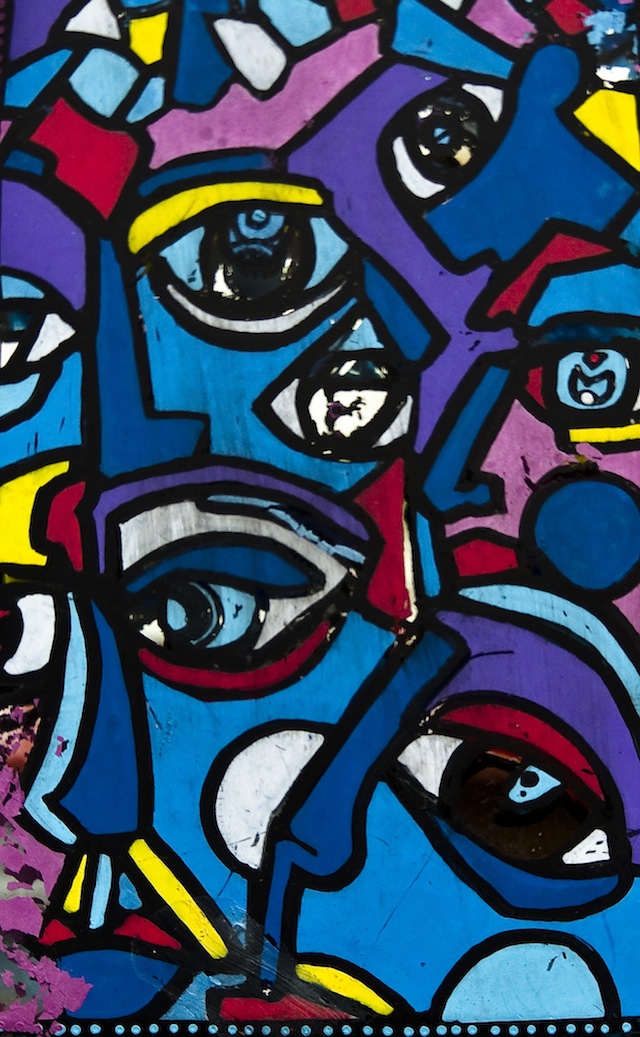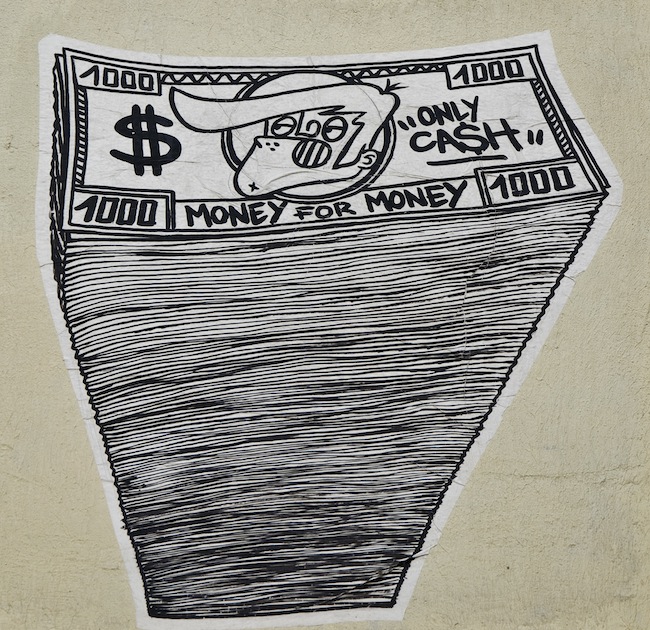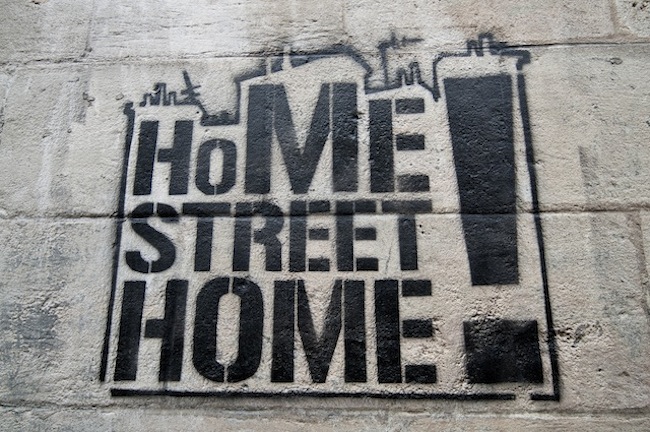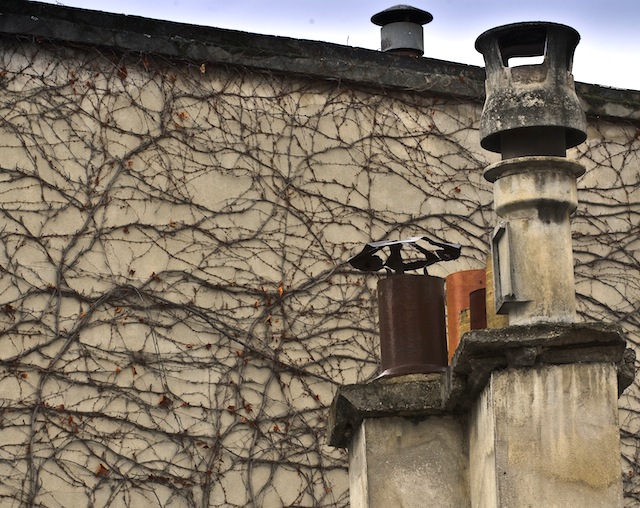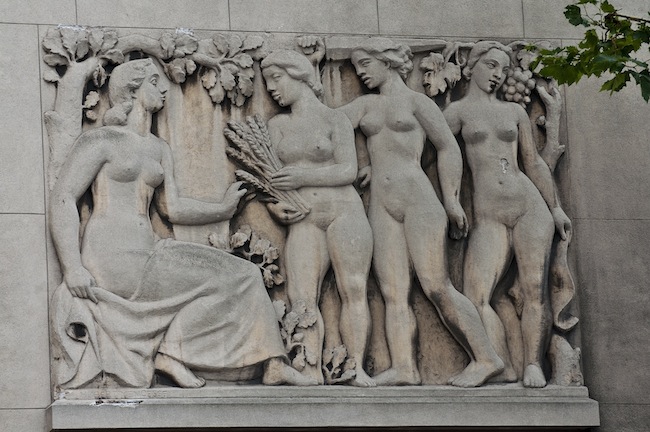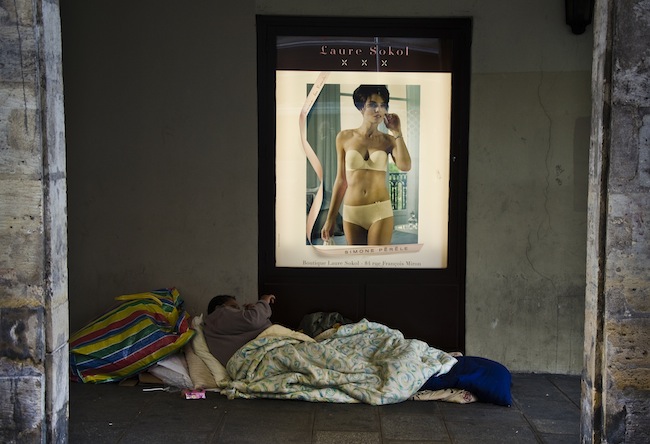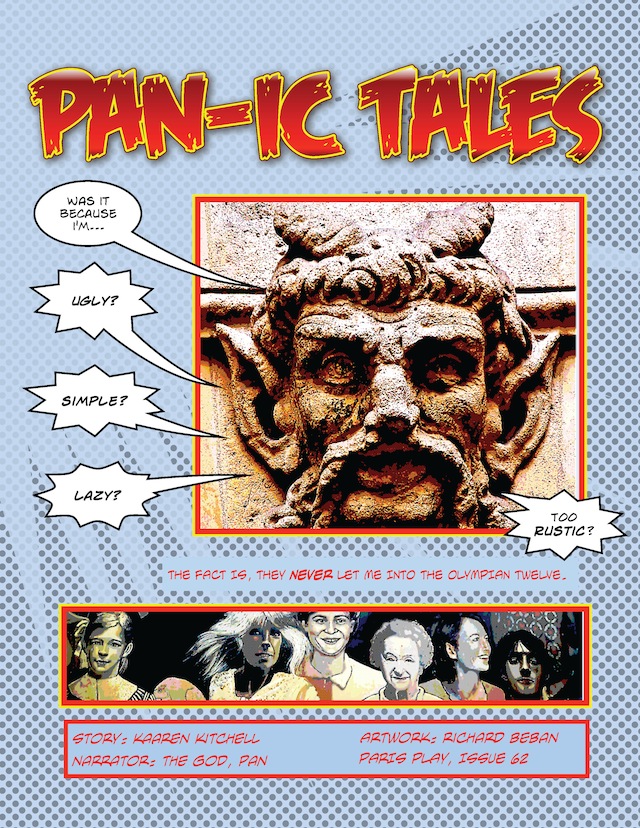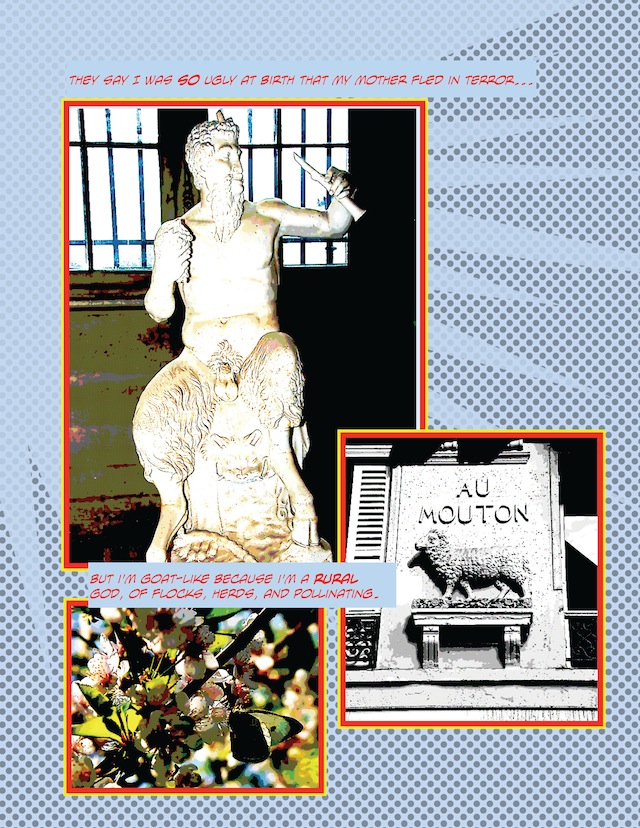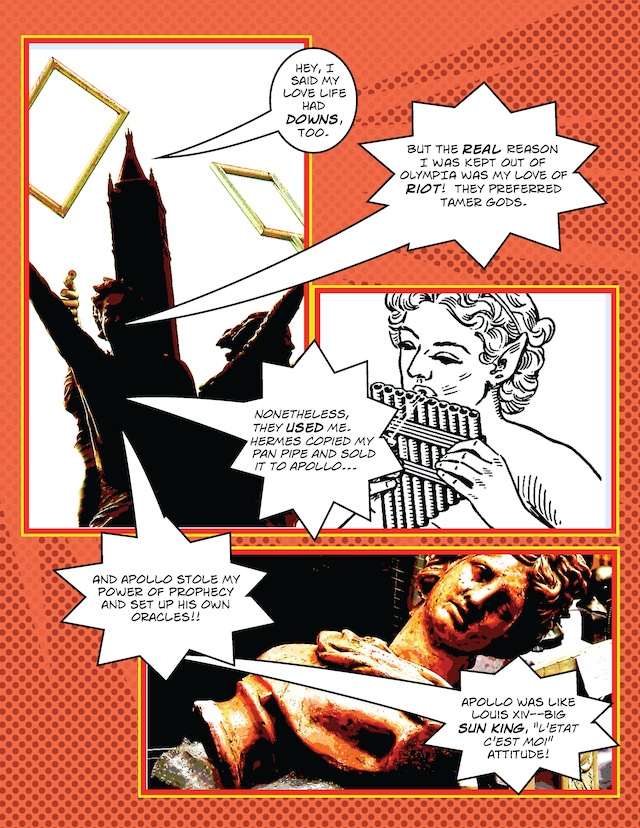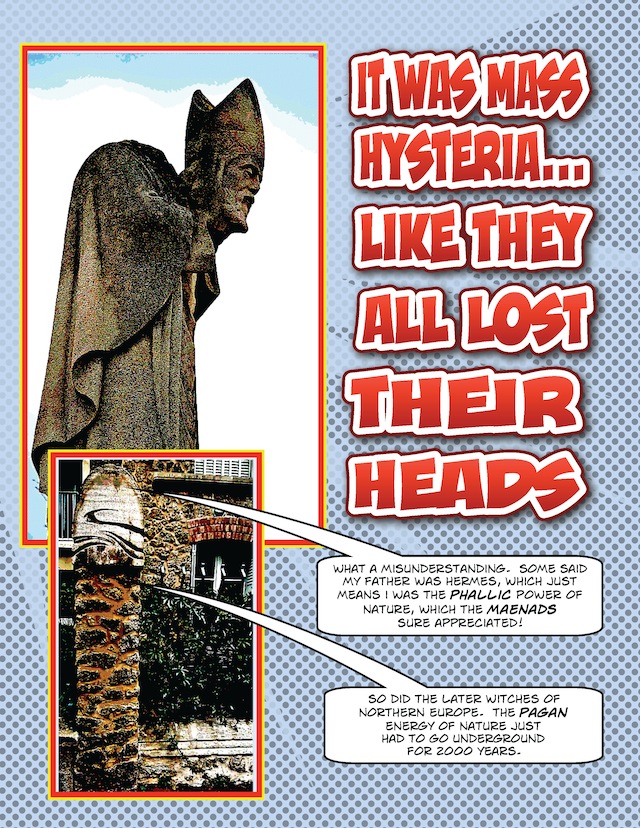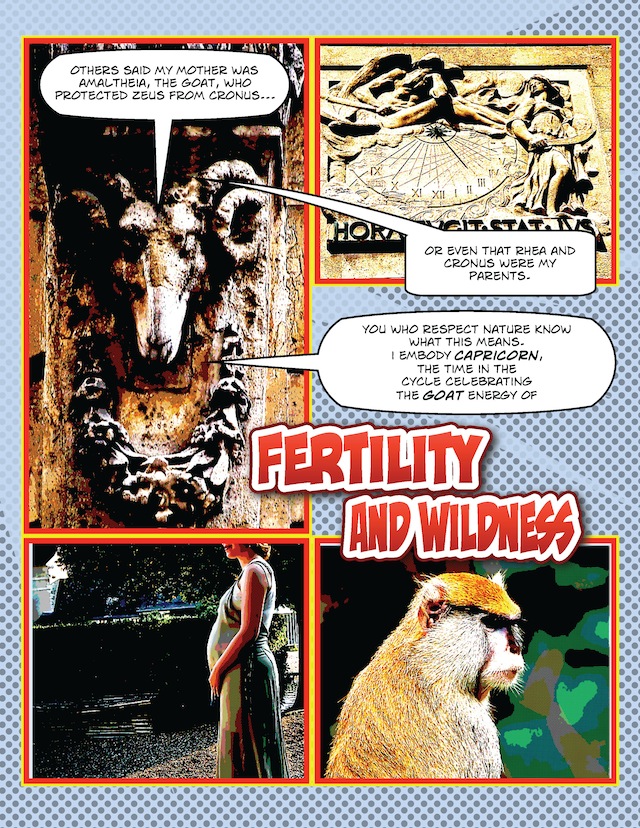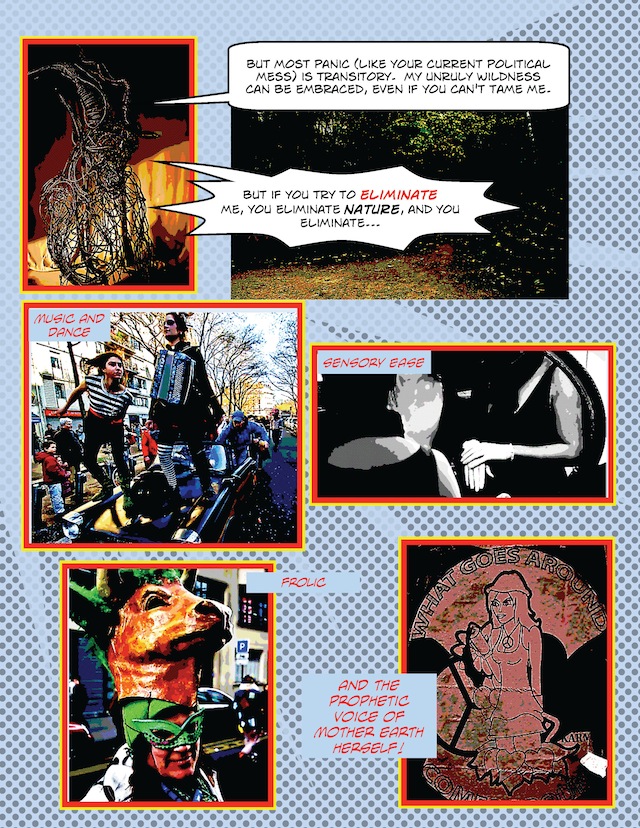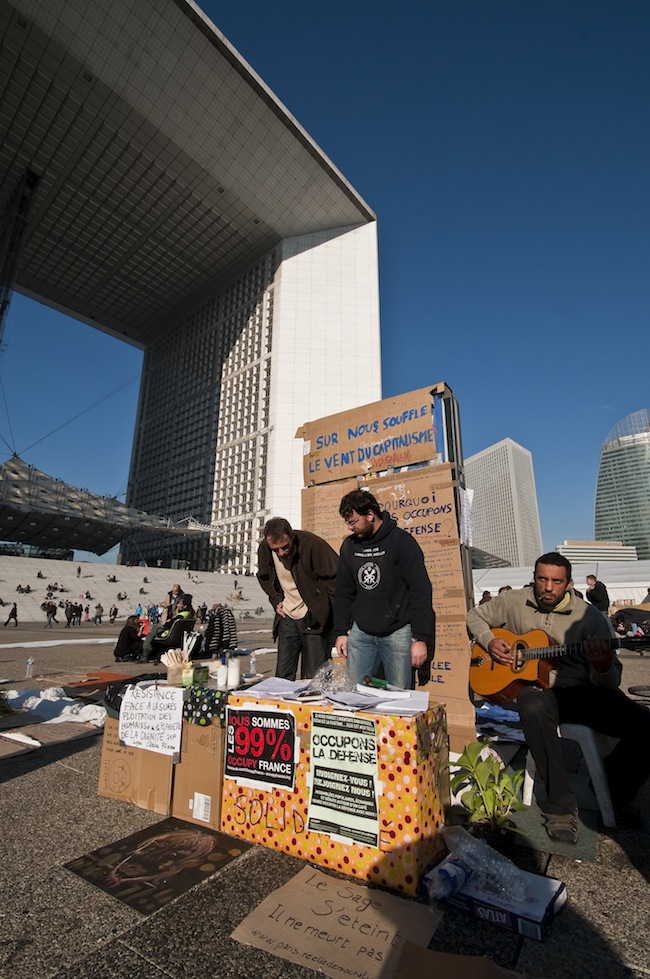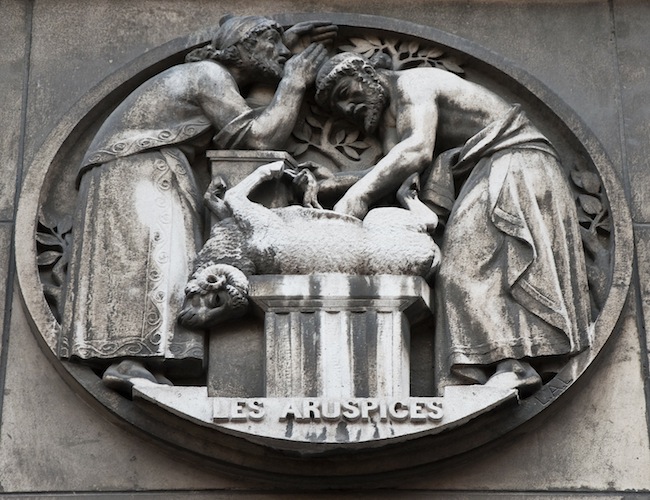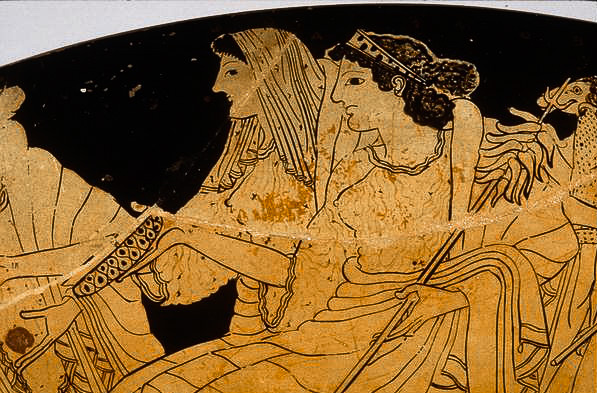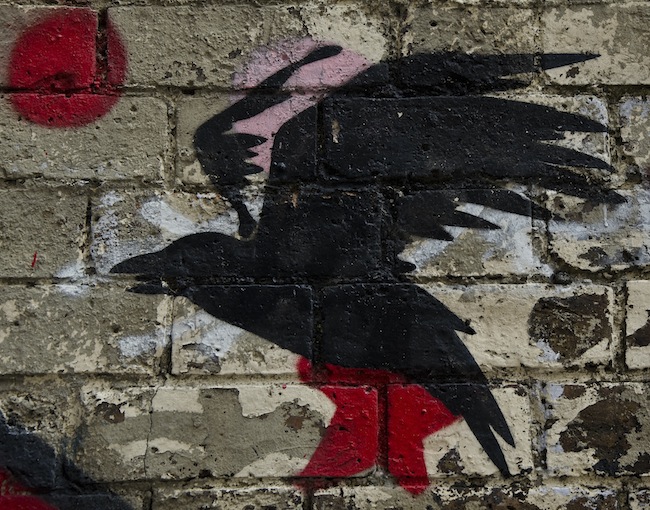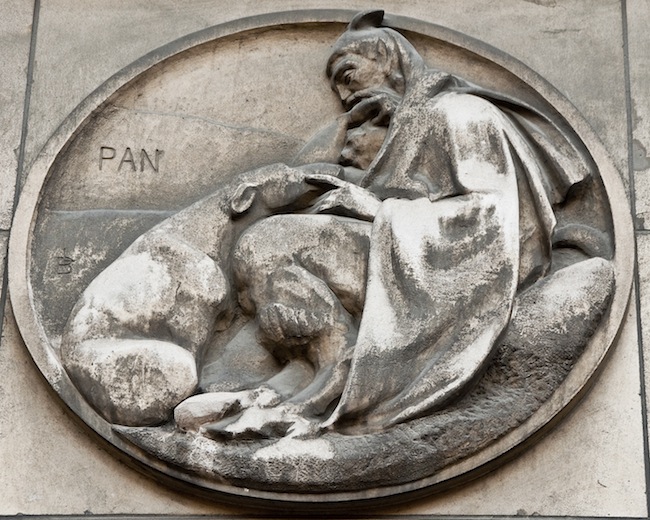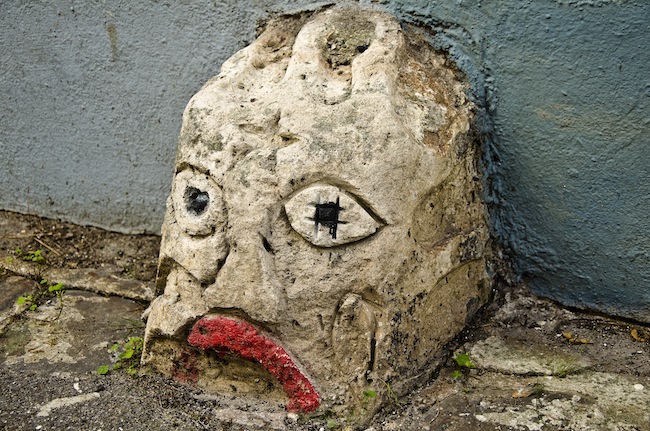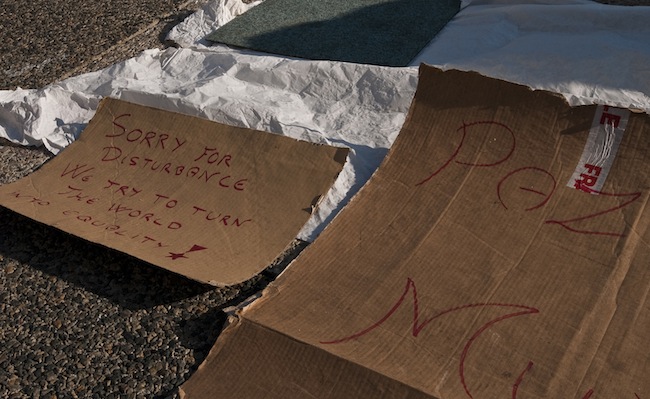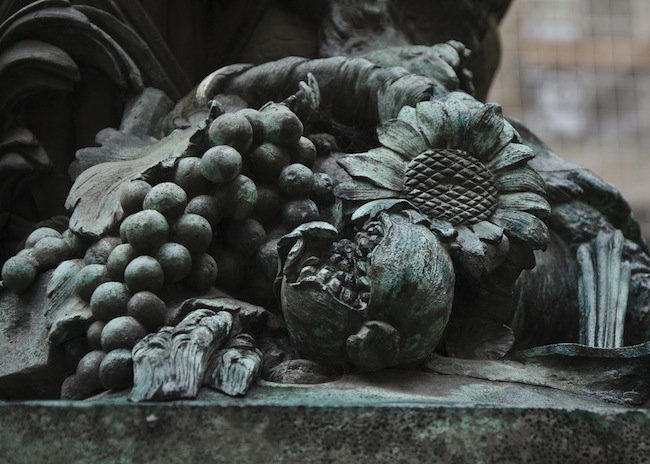Is This Germany in the Thirties?
 05.2.2012
05.2.2012  Faux Mexican wrestling poster; street art mocking the French presidential runoff
Faux Mexican wrestling poster; street art mocking the French presidential runoff
As we wait for Sunday's second round of voting in the French presidential election, when the center-right incumbent, Nicolas Sarkozy, and the Socialist challenger, François Hollande, face off, mano-a-mano, the big story is still the fact that Marine Le Pen, the 43-year-old, far-right, anti-immigration challenger, picked up almost eighteen percent of the first-round vote April 22. This was a tad more than her father, Jean-Marie, received in the first and second rounds, respectively, as the National Front's presidential candidate in 2002.

Will she, or will she not endorse either remaining candidate by Sunday? some commentators still breathlessly ask.

No, she won't. She dislikes both parties, and positioned herself in a triumphal speech on election night (“We have exploded the monopoly of the two parties...”) as the successor to the failed policies of Sarkozy's UMP party, and the perceived "ultra-liberalism" of Hollande and the left in general. Imagine, for example, if U.S. Republican Sarah Palin had been a third-party candidate, and, having lost in the hypothetical first round, had taken a whack at both McCain and Obama. (Just for fun, further imagine the U.S. with viable third parties, instead of parties that are two sides of a coin residing in a lobbyist's pocket.)
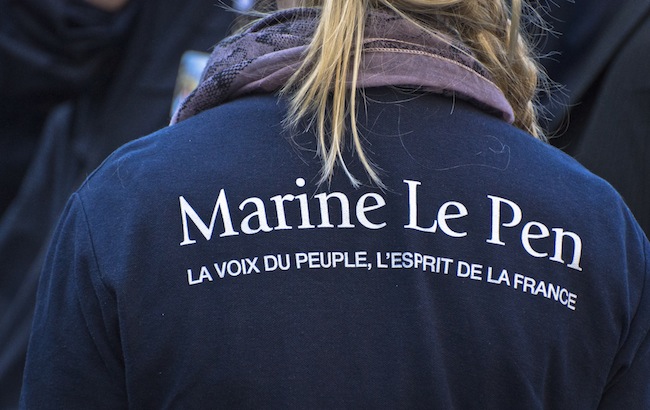
While Ms. Le Pen may not be a kingmaker, there will also be the question of legislative representation in France's multi-party Assembly and Senate further down the line, and perhaps even pressure on Sarkozy (if re-elected) to consider National Front politicians as cabinet members. That's not bloody likely either, according to most pundits, but there are some talking heads who say, "Hey, why not give her a shot? She's got no program other than anti-immigration, trade protectionism, anti-NATO, and ultra-nationalism; give her party some responsibility in a cabinet and watch them tank." Ms. Le Pen has served as a member of the European Parliament, representing north-west France.

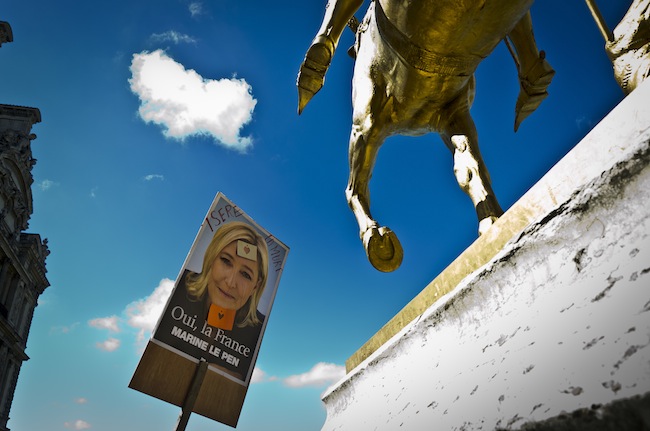
Meanwhile, the 'tween elections period was marked by a bit of political theater here in town yesterday (May Day), a ritual that Le Pen's National Front party performs every year, but since this was an election year, their event--a parade and wreath-laying--was bigger and better, and quite well-organized. While the trains didn't run on time (the parade was late), there were dozens of contingents of National Front supporters bussed in from all over France, and the number of blue, white and red national flags made it look like a Nixon rally (had Dick been French).

The ritual political theater, started by Ms. Le Pen's father, who founded the Catholic-based party in 1972, involves placing a floral wreath at a truly gaudy gold-painted statue of Jeanne D'Arc, the national heroine of France, across from the Louvre on Paris' Right Bank.


We at Paris Play found this odd, since we know May Day as an international left-wing celebration, and since May first is known here as Fete du Travail (Labor Day, which is akin to the holiday in the U.S. in September), to honor the labor movement and its successes. Labor is a powerful force here in France, and the 35-hour week and an early retirement age are practically sacrosanct. In late 2010, during his first term, Sarkozy successfully pushed the legislature to raise the retirement age from 60 to 62, but a Socialist president with a heavy political debt to labor may work to drop it back down.


Anyway, this is the 600th anniversary year of Jeanne D'Arc's birth, and the fortuitous coincidence of it being an election year in which the National Front did well, made the party's ritual tweaking of left-wing noses even more of an event this year. Marine Le Pen AND Jean-Marie showed up for the wreath-laying, and Paris Play estimates that ten thousand National Front members attended the event, and the party rally in front of the Garnier Opera House.
(Our crowd estimate: We counted 300 people passing a single point during one minute, and the crowd kept passing for one half-hour. Later on Tuesday, we attended the annual left-wing, Left Bank May Day celebration, which coincidentally happened to meander by our block. As we write this post, the crowd is still passing, after some hours. Hundreds of thousands. However, none of the photographs in this post are from that parade. We found the right more fascinating.)

Are we in Germany in the 1930s, as some would have it, and are these the faces of fascism? Or is this just a bunch of scared and angry (and happy to have made a political tremor) French nationalists enjoying the first really sunny Paris day we've had in weeks, since the false spring of late March? We hate stories that end "only time will tell," so we won't say that.
We will note (our friend Mort Rosenblum of Reporting Unlimited tipped us to this excellent New York Times analysis) that there is a rising tide of extreme right sentiment all over Europe, but it appears to us that the National Front is still more of a Le Pen family personality cult (witness the generational hand-off) than a political party (think of a far-poorer populist Ross Perot), and that Marine is just a more attractively packaged and more muted version of her father.
4 May Update: Perhaps Nicolas Sarkozy read Paris Play's assessment of the Le Pen family party and found himself in agreement with our conclusion, when he called it the Le Pen family business.



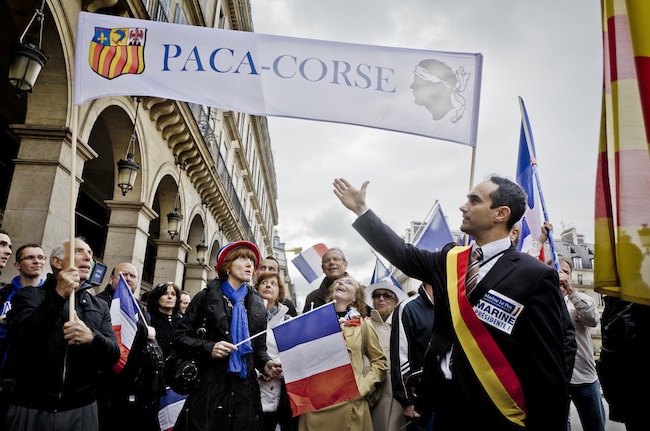

Here are four short, uncut, high-definition videos of marching, singing, chanting, etc., that will give you even more of the sense of being there. Think of them as uncut newsreel footage. They are Flash, so you might not be able to view them on Apple mobile devices:
 Front National,
Front National,  Hollande,
Hollande,  Joan of Arc,
Joan of Arc,  Le Pen,
Le Pen,  May Day,
May Day,  Sarkozy,
Sarkozy,  elections,
elections,  holidays,
holidays,  parades,
parades,  rituals in
rituals in  World Affairs
World Affairs 





